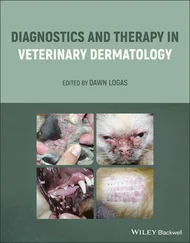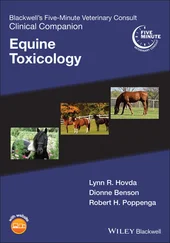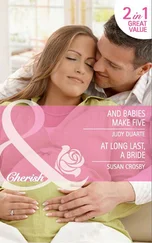Beyond temperature and humidity, inadequate UVB light exposure and calcium supplementation is key in the development of NSHP, which in turn can have a significant impact in calcium availability, egg calcification, and contractions of the reproductive tract.
Chelonians presenting for dystocia may also have concurrent NSHP.
An often‐forgotten aspect of the husbandry of reproductive female chelonians is the provision of an adequate substrate for nesting.
Reptiles that may not perceive the environmental conditions are adequate for successful oviposition may not have the proper stimuli to lay their eggs.
A less‐discussed topic is the effect that lack of exposure to males may have on the reproductive cycle of reptiles.
Many reptiles display courtship and breeding behaviors that likely influence the proper hormonal stimulation of prospective females.
Many female chelonians in captivity are kept alone without the benefit of behavioral cues from a male counterpart.
This possibility of a behavioral effect must be considered, especially when animals are maintained in proper husbandry and are otherwise healthy.
 DIAGNOSIS
DIAGNOSIS
DIFFERENTIAL DIAGNOSIS
Follicular stasis
Neoplasia
Egg yolk coelomitis
Ovarian cysts
GI obstruction
The eggs of most species appear calcified, round to ovoid, but sea turtle eggs are minimally calcified.
Appearance of calcified eggs is a well-delineated hyperechogenic eggshell membrane to significant acoustic shadowing.
In those with poorly calcified eggshell, ultrasound may be more sensitive than radiographs at diagnosing broken eggs, which may be associated with egg yolk coelomitis.
Both these modalities are extremely sensitive at identifying eggs and can better assess their structure, integrity, and location.
Coelioscopic examination allows for confirmation of the presence of eggs and ruling out egg yolk coelomitis. However, the presence of eggs makes coelioscopy more difficult due to their space‐occupying nature. Coelioscopy can also be used to assess the viability of the oviduct based on appearance and coloration.
Hematology and Biochemistry
A chemistry panel is essential to help to identify other possible underlying disease processes such as dehydration and NSHP. In addition to Ca and P, Mg levels should be documented, as Mg also plays an important role in Ca homeostasis. Levels of Mg below 1 mg/dl and/or ionized Ca below 1 mmol/l should be considered deficient. Hypercalcemia and hyperphosphatemia are common findings in reproductively active females.
CBC: a leukocytosis indicates a significant inflammatory response, which may suggest an additional underlying disease like egg yolk coelomitis.
Grossly, dystocia can be identified by the presence of eggs within the oviduct.
Pathologic findings may include variation in eggs size, calcification, malformations, broken eggshells, and oviduct torsions.
Healthy eggs should be smooth, uniform in shape and white in color.
A deviation from this appearance (i.e., dark, shriveled) is indicative of pathology.
 TREATMENT
TREATMENT
APPROPRIATE HEALTH CARE
The treatment approach to dystocia is based on the species of chelonian, clinical condition at presentation, amount, and appearance of the eggs based on imaging or coelioscopy, and the ability to provide a suitable environment for egg laying.
All chelonians will benefit from medical treatment even if surgery is ultimately required.
Medical therapy consists of correcting the husbandry, providing an appropriate nesting area, and supportive therapy with emphasis on correcting calcium deficiencies.
Oxytocin or arginine vasotocin can be administered as long as an obstructive process is not suspected.
Some recommend the use of beta‐adrenergic blockers such as propranolol or atenolol before administration of oxytocin, as these drugs have been shown to potentiate the effects of oxytocin in humans due to their ability to increase uterine activity.
It is critical to provide an appropriate nesting box. A plastic container with a mixture of equal parts sand and soil can be used.
The depth of the nesting material should be at least equivalent to the length of the carapace.
If the chelonian appears to be stable, medical therapy alone can be attempted and the animal monitored for evidence of egg laying.
There are no specific timelines as to how quickly egg laying should occur once medical therapy is initiated.
The majority of cases in which there are broken or malformed eggs require surgical intervention.
Surgery is best performed before dystocia progresses while the animal is metabolically stable.
Surgery should be an immediate consideration for chelonians with documented chronic dystocia, metabolic derangements, and when egg yolk coelomitis is suspected.
The goal of surgery is to remove the eggs and perform an ovariosalpingectomy in order to avoid reoccurrence.
Extreme care must be taken to not rupture the eggs in the coelomic cavity, as the yolk is extremely antigenic and will cause a severe inflammatory response.
If leakage occurs, the coelomic cavity should be thoroughly lavaged before closure.
Dietary deficiencies must be corrected with special emphasis on UVB light and oral Ca supplementation.
CLIENT EDUCATION/HUSBANDRY RECOMMENDATIONS
Clients should be encouraged to seek veterinary care of chelonians early on to establish individual baseline values and to confirm the sex of the animal.
Dystocia likely has a multifactorial cause, so all husbandry deficiencies must be corrected with emphasis on UVB light, calcium supplementation, nutrition, temperature, humidity, and provision of adequate nesting substrate.
Chelonians should be weighed at least weekly to document any sudden weight increases that may be indicative of egg development.
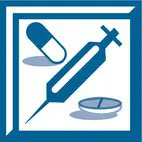 MEDICATIONS
MEDICATIONS
DRUG(S) OF CHOICE
Propranolol 1 mg/kg PO once at least 3 hours prior to administration of oxytocin or arginine vasotocin.
Atenolol 7 mg/kg PO once at least 3 hours prior to administration of oxytocin or arginine vasotocin.
Arginine vasotocin 0.5–1 μg/kg IV, IO, IM, ICe q12–24 h; should be administered 30–60 minutes after IM or SC injection of calcium gluconate.
Oxytocin 5–10 iu/kg IM, IV, IO q4–8h; IV administration may be more efficacious but must be administered slowly.
Calcium: start with calcium gluconate (100 mg/kg IM, SC q12–24h) followed by calcium glubionate (10–100 mg/kg PO q4–24h) long term.
Magnesium: magnesium sulfate 20 mg/kg IM, SC q24–72h or magnesium lactate (Rescue Cal+, Repashy Ventures, CA) 20 mg/kg PO q24h.
Crystalloid fluids 20–30 ml/kg SC, IV, IO q24h.
Читать дальше
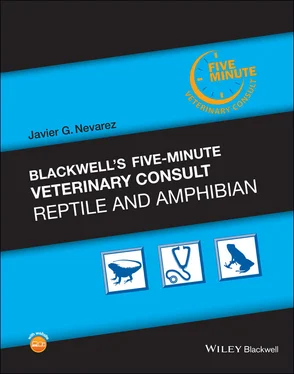
 DIAGNOSIS
DIAGNOSIS TREATMENT
TREATMENT MEDICATIONS
MEDICATIONS

